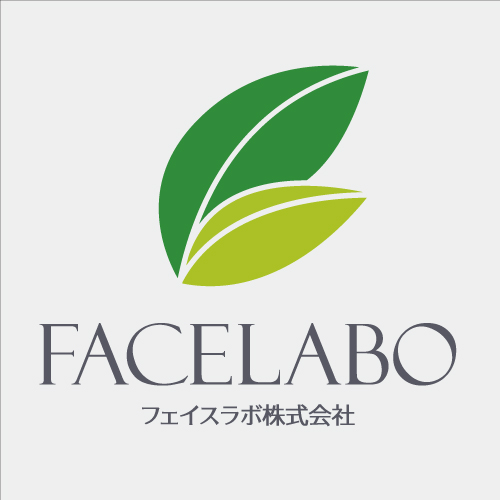March 15, 2024
Japanese Anime is Captivating the World

“THE BOY AND THE HERON” had the highest-ever North American opening performance (December 8th—10th, 2023) for a Studio Ghibli film, with $12.8 million (approx. 1.9 billion yen). As of February 29, it was also the top-grossing Ghibli film at the North American box office, with $45.98 million.
Overseas, the film has been released in about 50 countries, and according to Box Office Mojo, a US film information website, its footfall has exceeded $160 million at the worldwide box office. Overseas sales accounted for 60% of the domestic box office, indicating the global popularity and high recognition of director Hayao Miyazaki and Ghibli.
Director Hayao Miyazaki, who has continued to produce famous works and spread Japanese animation worldwide, is 83 years old. Of the director's films, “THE BOY AND THE HERON” is Miyazaki’s fourth Oscar nomination. The US Golden Globe Award and the British Academy Award were also won for the first time this year. Director Hayao Miyazaki may be aging, but there are still animation film directors growing up in Japan who can take on the next role. In 2019, "MIRAI," directed by Mamoru Hosoda (56), became the first non-Ghibli film nominated for a US Academy Award for Best Animated Feature.
The Japanese animation market, including film, is expanding worldwide. According to the Japan Animation Association, the Japanese animation industry market (estimated amount paid by users for animation-related products) reached a record high of 2.9277 trillion yen in 2022, a 7% increase from the previous year. The projection is for growth that has approximately doubled over the past ten years. The spread of video streaming has led to an increase in anime fans worldwide, with about 50% of the anime market being directed to foreign countries.
While most foreign animation was aimed at children, the spread of Japanese animation has led to the production of 2D-style animation for adults in the US, France, and China. It is entering a critical phase to see if it can train the next generation of animators and directors and maintain the status of Japanese animation.








